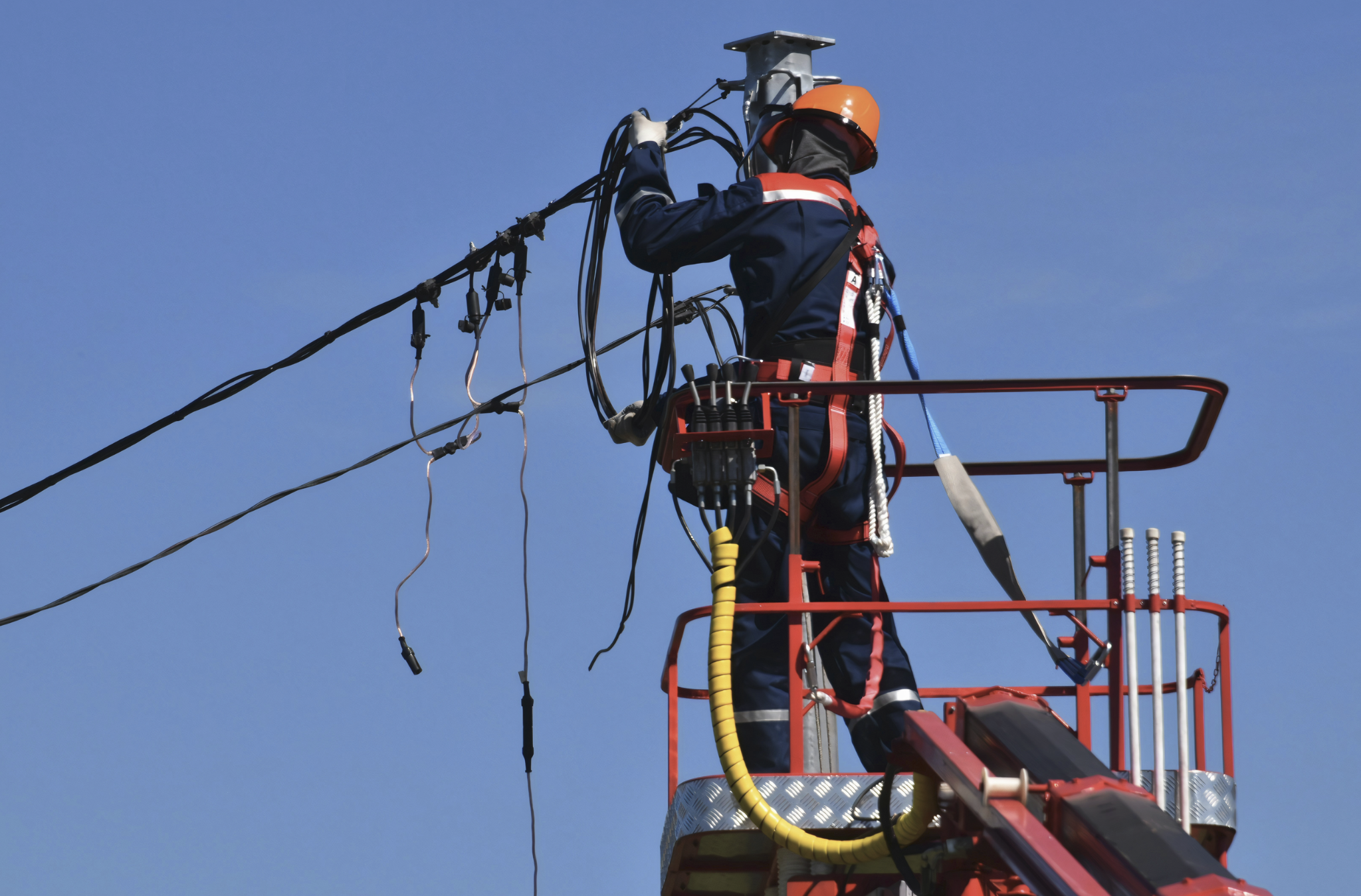Switchgear Symphony: The Evolution from Connectivity to Orchestration

Table of Contents
The switchgear, once a humble connector of electrical circuits, has metamorphosed into a complex orchestrator, steering industries into the realm of intelligent connectivity. This article delves into the fascinating journey of switchgears, tracing their evolution, diverse applications, and the profound impact of intricate technology across various sectors.
Demystifying the Core Components
To comprehend the modern switchgear, one must grasp its foundational components. From frames and enclosures to buses, conductors, circuit breakers, and sophisticated monitoring interfaces, each element plays a pivotal role in orchestrating seamless electrical connectivity. The frame and enclosure provide the structural foundation for the gear, ensuring robustness and protection for the delicate components within.
The intricacies of buses and conductors highlight the importance of efficient power distribution, with modern systems designed to handle diverse electrical loads. Circuit breakers and protective devices serve as the guardians of electrical circuits, responding swiftly to faults or overloads, enhancing the safety and reliability of the entire system. Meanwhile, monitoring and control interfaces offer unprecedented insights into the performance of electrical systems, allowing for real-time adjustments and proactive maintenance.
Evolution from Mechanical Safeguards to Digital Protectors
The journey of switchgear reflects the broader technological evolution of our society. From its early days as a mechanical switch to the sophisticated digital protector of today, switchguard has evolved, adapting to the demands of our technologically advanced era. The integration of advanced materials, digital monitoring, and automation has been pivotal in elevating Switchgear capabilities. No longer confined to simple on-off functions, it has become an intelligent overseer, capable of making split-second decisions to safeguard our power distribution systems.
This evolution is not merely a technological upgrade but a strategic response to the increasing complexity of our electrical networks. The transition from mechanical safeguards to digital protectors has empowered switchgear to operate with unprecedented efficiency. Its ability to detect abnormalities, isolate faults, and adapt to dynamic electrical conditions showcases a level of sophistication that aligns seamlessly with the demands of our modern, interconnected world. As we stand on the cusp of technological advancements, Switchguard stands as a testament to the adaptability and resilience of our electrical infrastructure.
Navigating Different Types of Switchboards
Switchboards, categorized by function and application, span a spectrum of roles. From power distribution systems to motor control centers (MCCs), transfer switches, telecommunication systems, and those tailored for data centers, each serves a unique purpose in the orchestration of electrical systems. Power distribution systems form the backbone of electrical infrastructure, ensuring the efficient allocation of power to various circuits.
Motor control centers play a pivotal role in managing the operation of motors, facilitating precise control and protection. Transfer switches and emergency power systems ensure uninterrupted power supply during outages, critical for sectors where downtime is not an option. Telecommunication systems enable seamless communication, connecting individuals and businesses across the globe. In data centers, specialized systems handle the intricate task of managing power distribution to servers and ensuring continuous operation.
The navigation through different types of systems reveals their adaptability to diverse needs. Each type is crafted to meet specific requirements, showcasing the versatility of these silent conductors. The seamless transition between various roles underscores the capability of these systems to evolve with technological advancements and changing demands.
Switchgear in Power Distribution
In the intricate landscape of electrical systems, there exists a group of silent guardians, diligently working behind the scenes to ensure the seamless and safe flow of power. Among these guardians is the switchguard, an indispensable component often overlooked in the day-to-day operations of our electrical infrastructure. Switchguard plays a pivotal role in maintaining the reliability and safety of our networks, with its inherent ability to swiftly detect and isolate faults, akin to a vigilant sentinel. It prevents potential disruptions, ensuring a continuous and stable supply of electricity to homes, businesses, and industries alike.
Switchgear, with its unassuming presence, stands as the unsung hero of our interconnected world. Whether it’s a residential setting or a sprawling industrial complex, its role remains consistent – to protect, regulate, and control the flow of power. Without the watchful eyes of these guards, electrical networks would be vulnerable to disruptions, leading to potential hazards, damage to equipment, and interruptions in critical services. It is the silent and efficient operation of switchguard that allows us to flick a switch with confidence, knowing that the lights will illuminate reliably, and the machinery will hum to life without a hitch.
Pioneering the Future: Switchgear’s Evolution into an Intelligent Protector
As we gaze into the horizon, the trajectory of Switchguard unfolds a compelling narrative, pointing definitively towards a future where it undergoes a remarkable metamorphosis into a smart system endowed with intelligent monitoring and diagnostic capabilities. This transformative evolution marks not just an incremental shift but a profound paradigm change from reactive to proactive electrical safeguarding.
The infusion of smart technology within switchgears signifies more than an enhancement in maintenance processes; it symbolizes a revolutionary leap towards the sustainability and resilience of our power distribution networks. This groundbreaking integration opens doors to a realm where electrical protection transcends traditional methods, ushering in an era of predictive maintenance and a drastic reduction in downtime.
In this era of digitalization, switchguard emerges as a technological luminary, armed with the prowess of real-time data and analytics. Its ability to discern potential issues in their infancy, long before they burgeon into critical concerns, ensures an electrical infrastructure that is not just reliable but also agile in the face of dynamic challenges. Switchgear’s intelligent capabilities serve as a linchpin in fortifying the grid against unforeseen disruptions, laying the foundation for a future where efficiency, sustainability, and reliability harmoniously converge, defining the very essence of cutting-edge electrical safeguarding.
The Verdict
In summary, systems emerge as the unsung heroes orchestrating the technological symphony of our modern world. Their adaptability and potential for further innovation position them at the forefront of connectivity, shaping the landscape of intelligent orchestration. This exploration invites readers to appreciate the silent conductors that underpin the intricate connectivity defining our technological era. From their humble beginnings as connectors to their current status as complex orchestrators, systems have played a pivotal role in advancing the capabilities of electrical systems. As we navigate the complexities of a connected world, the significance of these unsung heroes becomes increasingly apparent. Whether ensuring uninterrupted power in critical sectors or embracing innovations for a sustainable future, systems remain indispensable in the seamless flow of electricity.

![Heleniums Care and Growing Strategies [A Beginner’s Guide]](https://www.thearches.co.uk/wp-content/uploads/How-To-Grow-Care-For-Heleniums.jpeg)





hi!